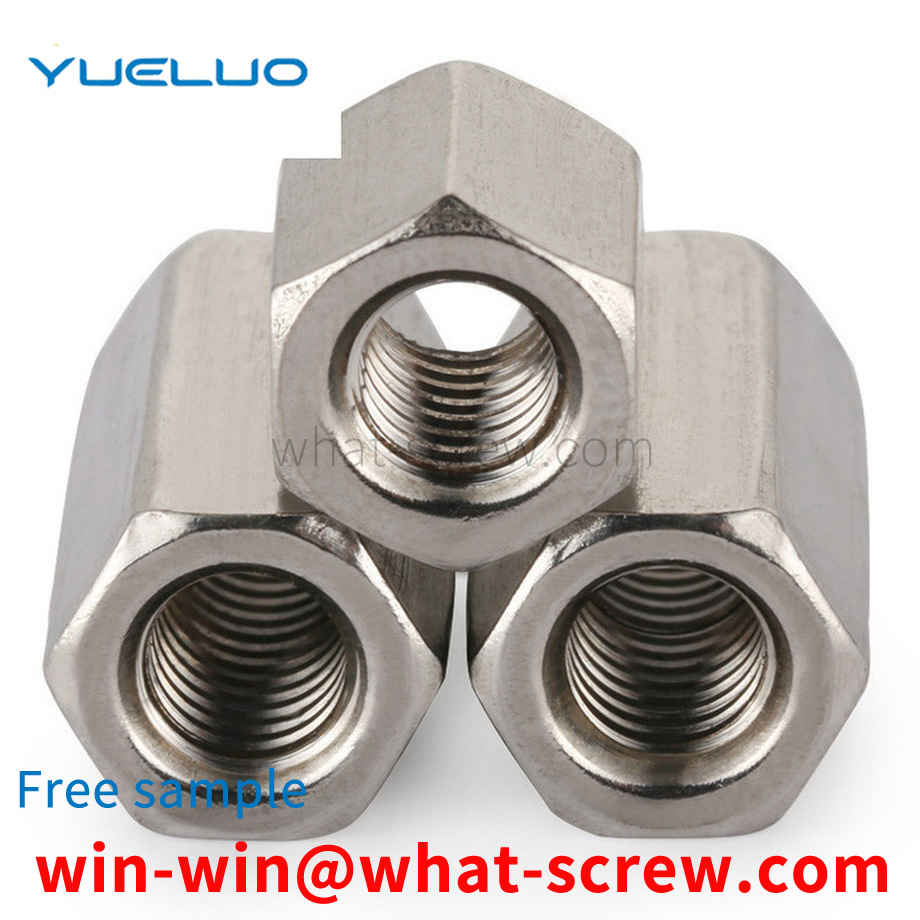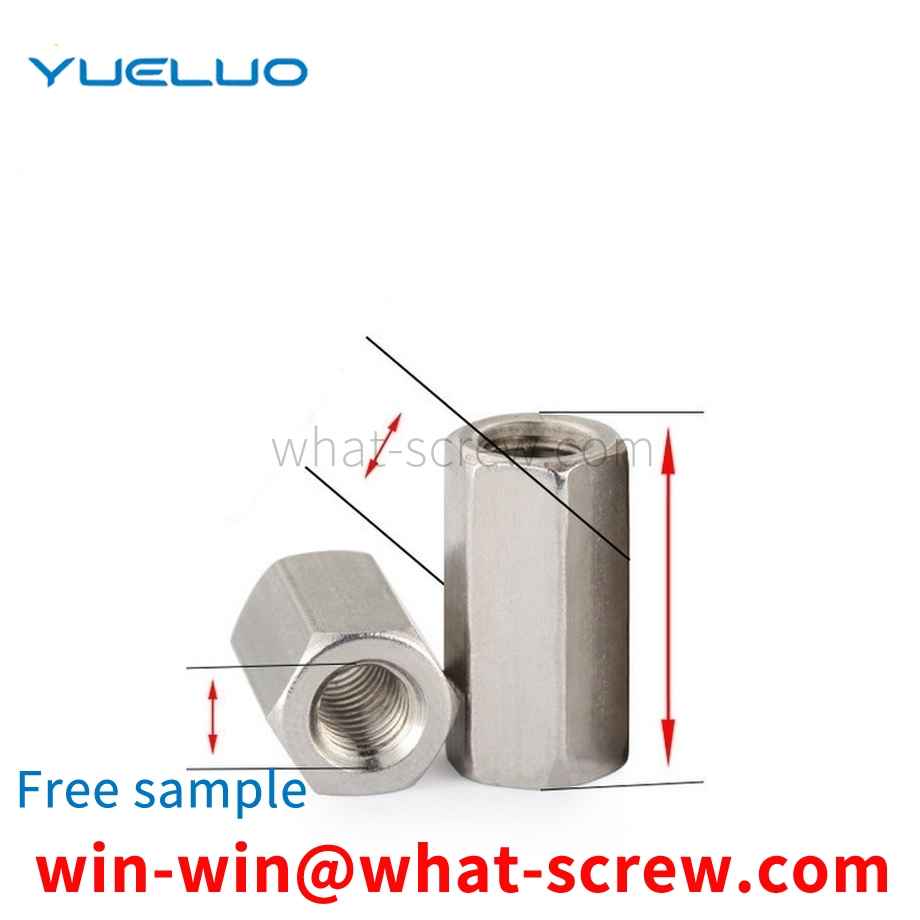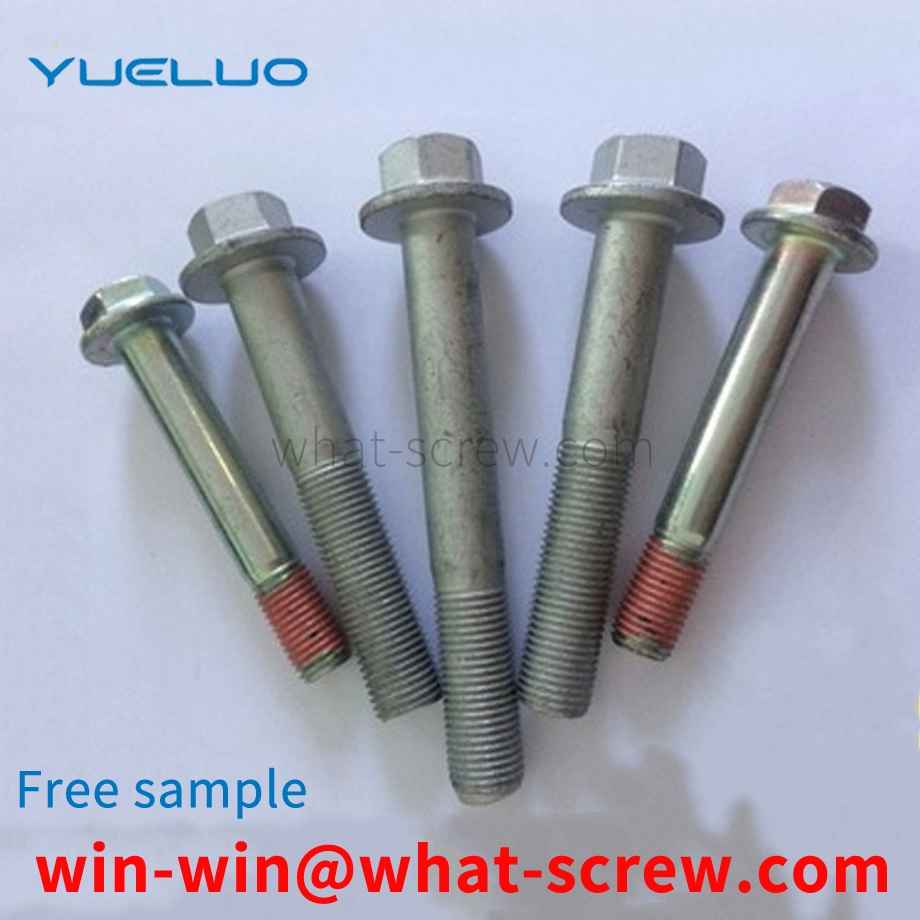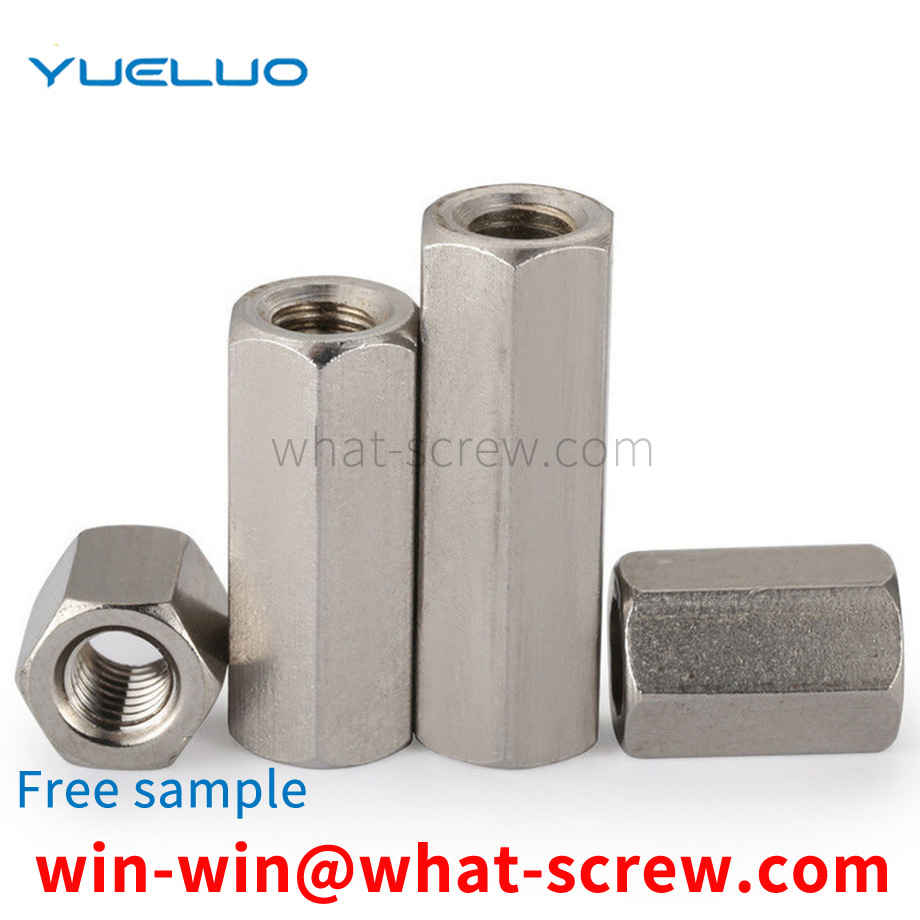What is the tolerance range of precision screws?
What is the tolerance range of precision screws?
Service Hotline
+86760-8787 8587We have more than ten years of production experience in the screw industry, the main products are: pressure riveting screws and bolts, DIN912 titanium screws, BS1769 screws, countersunk head miniature flat head machine screws and bolts, silicone O-rings, large flat head square neck bolts, hollow gecko screws, DIN pure titanium screws, flat head bolts, machine thread bolts, hexagon screws, carbon steel galvanized DIN6923 hexagon flange nuts, metal washer mesons, aluminum column nuts, car repair gecko car repair expansion bolts, expansion car repair ladder screws Other fasteners, due to the different materials and specifications of the products, the prices are also different, please contact us if necessary.


1. The twisted screw should be considered according to the actual inner diameter of the barrel, and the outer diameter deviation of the new screw should be given according to the normal clearance with the barrel. 2. After the thread surface with the reduced diameter of the worn screw is treated, the wear-resistant tungsten carbide alloy is thermally sprayed, and then ground to size. 3. Surfacing wear-resistant tungsten carbide alloy on the thread part of the worn screw. According to the degree of screw wear, surfacing welding is 1~2mm thick, and then the screw is ground and processed to size. This wear-resistant tungsten carbide alloy is composed of materials such as C, Cr, Vi, Co, W and B, which increases the wear resistance and corrosion resistance of the screw. 4. The bottom diameter of the screw is repaired by electroplating hard chromium. Chromium is also a wear-resistant and corrosion-resistant metal, but the hard chromium layer is easier to fall off.

The core rivet is another type of single-sided riveting. When riveting, the head of the rivet is hit with a hammer to expose the core, so that it is flush with the end face of the nail head, that is, the riveting operation is completed, which is very convenient, especially suitable for inconvenient Riveting occasions using ordinary rivets (which must be riveted from both sides) or blind rivets (lack of a rivet gun). Usually use flat head rivets, countersunk head rivets are suitable for occasions where smooth riveting is required on the surface. Some rivets can also be matched with clothing, becoming a popular element today, mostly the representative of punk style. In addition, there are paired rivets, which are special. Divided into two parts, the thicker section of the rod with a cap has a hole in the center, and the other section of the rod with a cap is an interference fit. When riveting, drive the thin rod into the thick rod.


At present, there are two commonly used nut fixing methods, one is welding fixing: high energy consumption, the welding process easily leads to thread deformation in the nut, which requires re-tapping, which increases the cost, and for aluminum alloy and other materials, the welding process is poor, It is easy to produce welding defects and cannot achieve the function of fastened connection; the other is to pull riveting: in this method, the connection force of the nut is not strong, the reliability is not good, and it is not suitable for thin-walled profiles.

Stainless steel screws do not necessarily corrode and rust, but that stainless steel screws have a stronger ability to withstand corrosion and rust than iron screws. But stainless steel screws can still rust under certain circumstances. So under what conditions are stainless steel screws prone to rust! What is the cause of rust? Stainless steel screws have better characteristics, strong corrosion resistance, high temperature resistance, and strong rust resistance. But it will rust in harsh environments. For example, stainless steel screws are exposed to the sun and the wind every day under very humid conditions. Over time, it will definitely rust a little. For example, in contact with some acid-base chemicals to cause chemical reactions. cause corrosion and rust. There are also bad stainless steel screws, such as stainless steel SUS201 screws used in seawater. Due to long-term immersion, SUS201 stainless steel screws themselves are not suitable for use in salty seawater. cause corrosion and rust. For the use of marine products, it is generally recommended to use stainless steel SUS316 screws, because 316 stainless steel screws have better performance such as corrosion resistance. From the above, it can be concluded that stainless steel screws will still corrode and rust under certain circumstances. Therefore, this requires the rational use of stainless steel screws. Use stainless steel screws of different materials in different situations. And in different occasions, when using stainless steel screws, special attention is also required, and some details need to be considered more. Try to control the corrosion and rust of stainless steel screws as much as possible.

The above content is uploaded by Yueluo or the Internet. If there is any copyright issue, please contact [email protected].

What is the tolerance range of precision screws?

How to choose the right stainless steel screw manufacturer?

Why is there an R angle under the head of the hexagon head s...

We have more than ten years of experience in screw industry ...

We have more than ten years of experience in screw industry ...

We have more than ten years of experience in screw industry ...

We have more than ten years of production experience in the ...